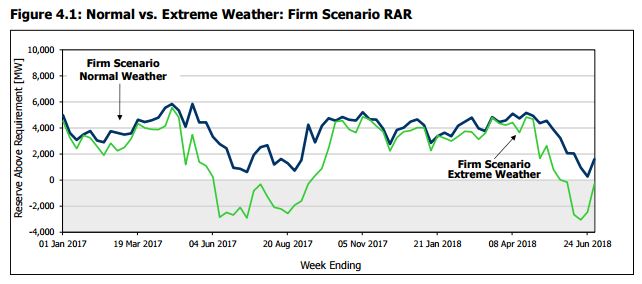first posted on cold air currents.
It's exciting stuff:
The Independent Electricity System Operator (IESO) submits this assessment of resource adequacy for the Ontario Area in accordance with the NPCC Regional Reliability Reference Directory #1, “Design and Operation of the Bulk Power System.”Spoiler alert!
The report concludes Ontario's system can meet Loss of Load Expectation (LOLE) criteria for the 2017 to 2020 planning period once Emergency Operating Procedures (EOP) are assumed. EOPs are indicated to be essentially 1/3rd public appeals to reduce consumption, and 2/3rds voltage reductions.
Phewff.
I wrote "With the exception of 2013 the capability at peak has declined every year since 2010, despite IESO-connected generator capacity being greater now than it was six and a half years ago," so I thought it only fair I offer a brief analysis of how the IESO is meeting the reporting requirements for resource adequacy - and the repercussions of how they are doing so.

